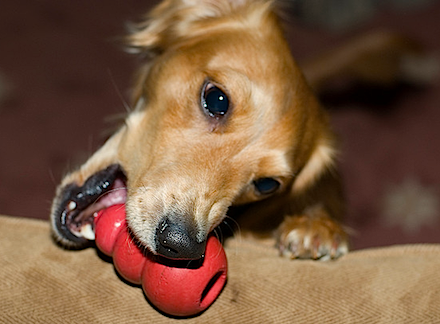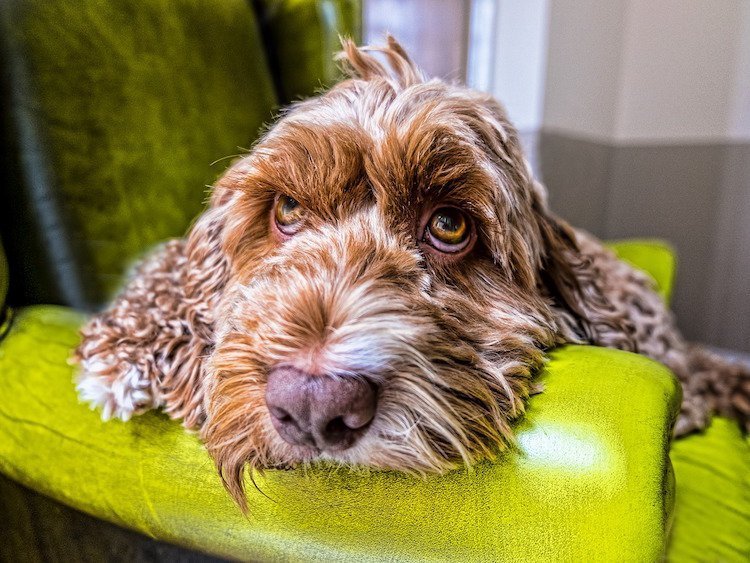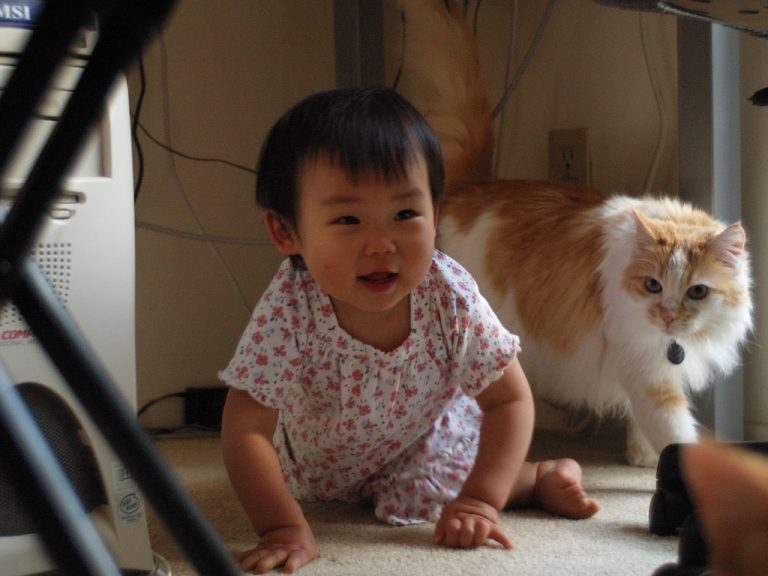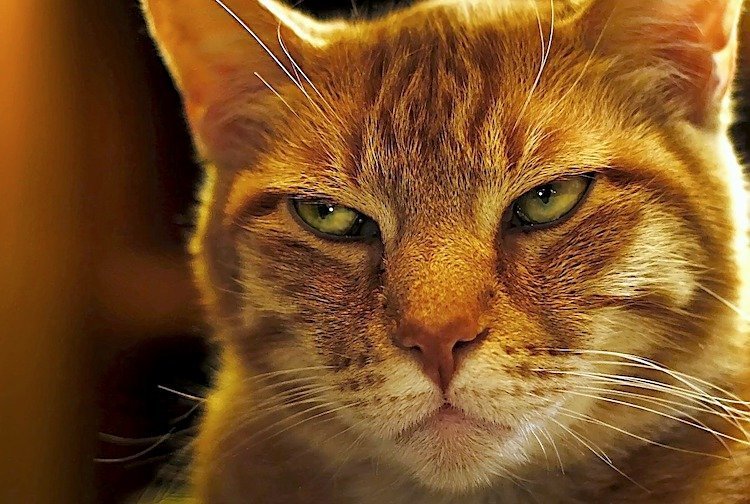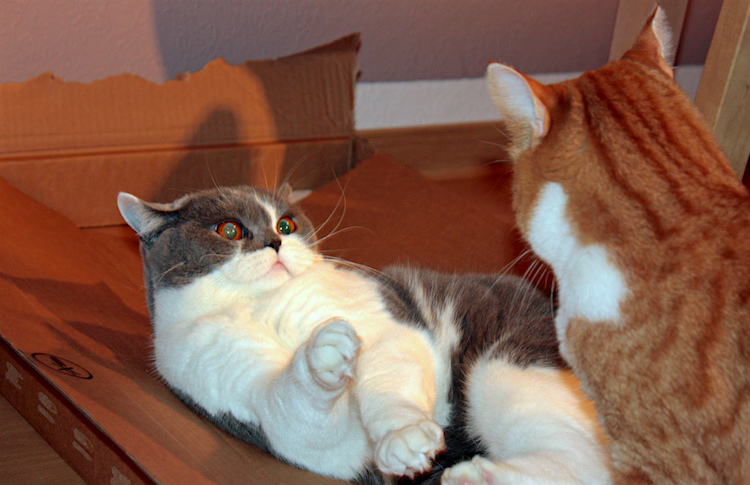Why Does My Dog Eat Paper?
We all know that dogs sometimes eat things they shouldn’t, but usually they’re swiping tasty snacks from the counter or trash. So, it’s certainly baffling when your dog chooses to eat paper products.
We all know that dogs sometimes eat things they shouldn’t, but usually they’re swiping tasty snacks from the counter or trash. So, it’s certainly baffling when your dog chooses to eat paper products. You wonder, “Why does my dog eat paper?”
While eating paper may seem harmless (and sometimes is), it can also indicate various underlying health issues or pose a risk to your pup’s health.

Don’t Guess When It Comes To Your Pet’s Care


Don’t Guess When It Comes To Your Pet’s Care
Why Does My Dog Eat Paper?
Eating paper is a form of pica, which is when a dog eats non-food items, usually compulsively. Types of paper products that your dog may eat include tissue paper, wrapping paper, cardboard, printer paper, newspaper, napkins, tissues, and more. Other examples of items that a dog with pica might eat include plastic, rocks, and dirt.
Although it’s surprising, there is usually an underlying reason for your dog’s paper-chewing habits. The following are five potential reasons your dog eats paper:
- Curiosity and Exploration: Dogs, especially puppies, are naturally curious. A lot of their exploration is performed using their mouths and noses. In some cases, your dog may be drawn to paper as if it’s a toy. However, there are chew toys which are much better for your dog than paper! It’s best if you redirect them to an appropriate chew toy and reward them when they chew on an appropriate object.
- Teething in Puppies: As a puppy’s teeth grow in, they often chew on items to alleviate discomfort. Paper items, such as cardboard, tissue paper, or books, might be your puppy’s chew toy of choice. You’ll want to select more appropriate teething toys for them and keep paper products out of reach.
- Boredom or Lack of Mental Stimulation: Dogs who do not get enough exercise or mental stimulation for their activity level or who are left alone for extended periods of time may make their own entertainment. For some dogs, this means chewing on paper or similar items.
- Anxiety or Stress: Dogs with anxiety or stress may turn to paper-chewing as a form of self-soothing. Compulsive behaviors, which can be related to anxiety, may also lead your dog to chew on paper.
- Nutritional Deficiencies: Nutritional deficiencies are a more serious cause of pica, including paper-eating. A low-quality diet, inadequate food intake, and gastrointestinal diseases can all contribute to nutritional deficiencies that may result in paper-eating.
Health Risks of Paper Consumption
Small pieces of thin paper, like newspaper, are unlikely to cause a serious health issue. If your dog is eating a lot of paper at once or is swallowing thick paper products like cardboard, then there is cause for concern.
If a large piece of paper is swallowed or if paper clumps up in the stomach or intestines, your dog may develop a blockage in their gastrointestinal tract. The blockage will prevent food from moving through the intestines, leading to vomiting and loss of appetite. Surgery is sometimes needed to remove blockages. In some cases, a blockage can damage the intestines enough to become life-threatening.
Some paper products may be coated in dangerous chemicals, such as a paper towel with cleaning product on it. If your dog chews on or swallows these products, they could ingest toxins or cause caustic injuries to their mouth.
Paper can also become a choking hazard. For example, if your dog is chewing on tissues and inhales a tissue piece, they may begin choking.
When to Be Concerned If You’re Wondering Why Does My Dog Eat Paper?
If your dog is young and chewing on paper, it’s normal to ask “Why does my dog eat paper?” You can see if providing appropriate chewing and teething toys reduces the behavior. If the behavior continues, you should contact a veterinarian to rule out any underlying conditions.
For mature dogs, a one-off instance of chewing paper isn’t necessarily concerning as long as your dog is otherwise acting normally. If the behavior becomes frequent and compulsive, it’s time to visit the veterinarian.
If your pet shows any of the following signs after eating paper, contact a veterinarian right away:
- Vomiting
- Diarrhea
- Straining to defecate
- Loss of appetite
- Lethargy
These symptoms could indicate a gastrointestinal blockage, which requires urgent veterinary attention.
If you are at all concerned, it’s a good idea to consult with a veterinarian.
Tips for Preventing Paper Eating in Dogs
It’s much better to prevent an incident than to have to seek treatment after the fact. Consider these expert tips for preventing paper eating in dogs.
- Limit Access to Paper Products: Make sure to keep paper products out of reach, including tissues and paper towels. It’s a good idea to have latching trashcan lids and to keep paper recycling shut away.
- Increase Mental and Physical Stimulation: All dogs need mental and physical stimulation, but some require more than others. You could include puzzle toys, chew toys, going for regular walks, play sessions, and training classes to increase your dog’s mental and physical activity.
- Reward Appropriate Chewing Behaviors: If your dog is chewing paper, redirect them to a more appropriate item and then reward them when they chew on the correct item. They’ll begin to associate appropriate chew toys with rewards.
- Address Underlying Anxiety: If your pet has anxiety, consult with a veterinarian or veterinary behaviorist. They can help you determine if there is a specific cause (like separation anxiety or a specific phobia), as well as develop a treatment plan. Treatment may include medication, desensitization to triggers, and more.
- Practice Crate-Training: If your dog cannot be trusted around paper when left alone, you can try crate-training your dog. This is a safe place to keep your pet when you’re not home.
- Feed a Well-Balanced Diet: To avoid a nutritional deficiency, consider feeding a diet that meets the requirements set forth by the Association of American Feed Control Officials (AAFCO). Treats should not make up more than 10% of your dog’s daily calories — any more than this and you risk throwing their diet off balance. Your veterinarian can help you develop a healthy diet plan for your pet.
Conclusion: So Why Does My Dog Eat Paper?
While some curiosity and occasional paper-chewing can be normal, you should see a veterinarian if your pet is displaying consistent or excessive paper eating. Your veterinarian is your best resource for ruling out any underlying health conditions that may contribute to the behavior, and they can provide individualized tips for addressing your dog’s paper consumption habits.
Feature Image Via Gabrielle Costa on Unsplash

